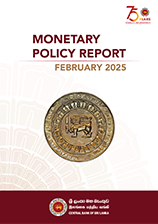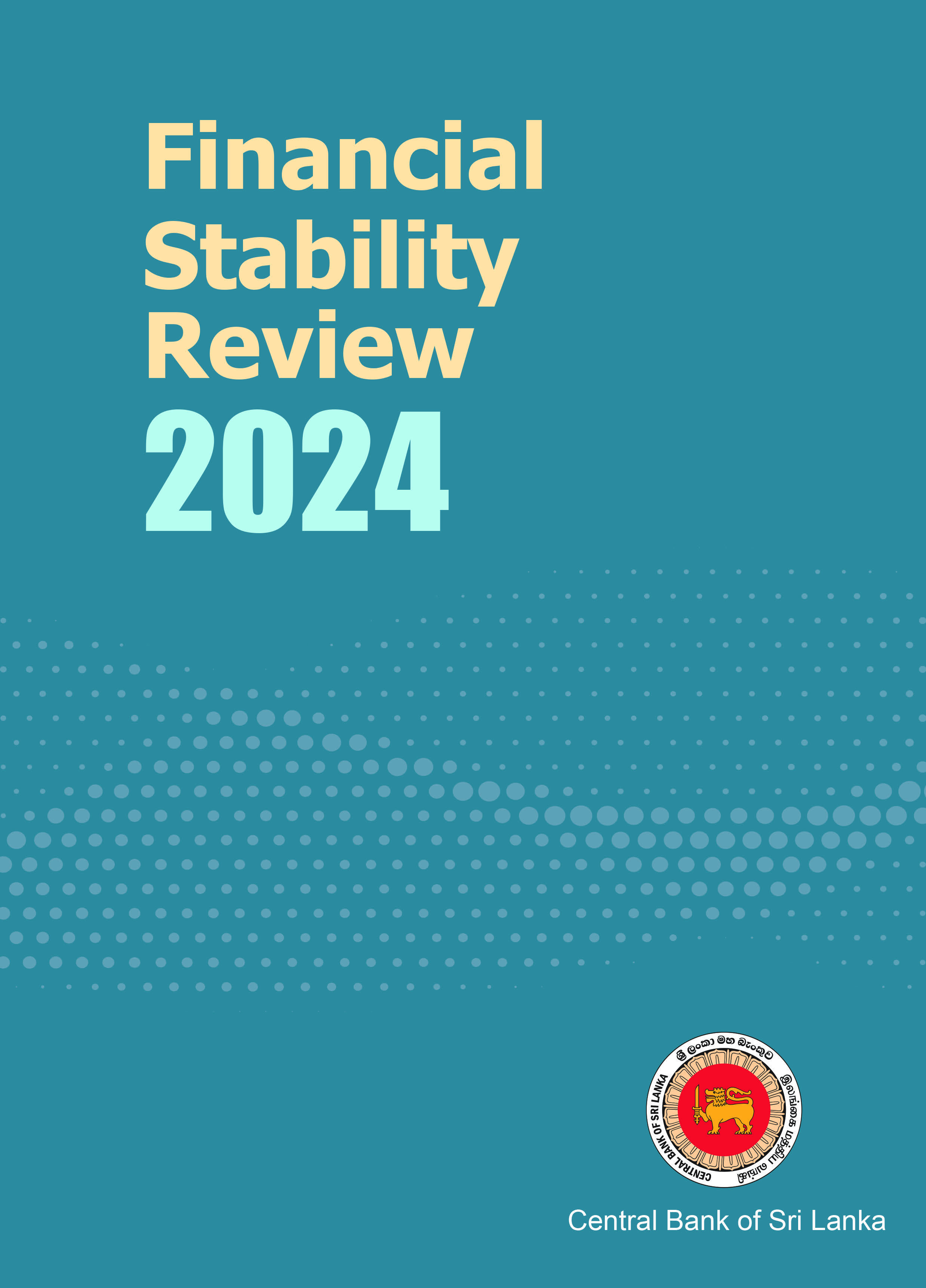Objectives
Objectives of Central Bank of Sri Lanka (CBSL)
The CBSL's focus and functions have evolved since its formation, in response to the changing economic environment. In keeping with trends in central banking, the objectives of the CBSL were streamlined by amending the Monetary Law Act (MLA) in 2002, to enable it to pursue its two core objectives and to free it of the multiple objectives that were originally assigned to it. With the exception of the above amendment in 2002, which primarily simplified the Central Bank's objectives, the MLA has not undergone a thorough review and revision in the past years. Therefore, with the requirement to review a number of MLA provisions in accordance with global best practices as a result of economic developments and the overall evolution of central banking, Central Bank of Sri Lanka Act (CBA) was enacted in 2023. CBA has special provisions to improve the central bank's independence, to increase openness and accountability, and to reinforce the monetary policy framework to maintain continued price stability in Sri Lanka.
The objectives of the CBSL were also changed accordingly
Core Objective - "Achieve and maintain domestic price stability"
Other Objective - "Secure the Financial system stability"
With a view to encouraging and promoting the development of the productive resources of Sri Lanka.
Domestic Price stability
Domestic Price stability safeguards the value of the currency in terms of what it will purchase at home. Price stability or stable prices means low inflation. Experience has shown that the economy performs well when inflation is low and is expected to be low. Interest rates are also low in these conditions. Such an environment allows an economy to achieve its growth potential and fosters high employment. Free from the disruptive effects of high and variable inflation, both consumers and producers make economic decisions with confidence. Low inflation or price stability fosters sustainable long-term economic growth and employment. The Central Bank uses monetary policy measures to control inflation.
Financial System stability
A stable financial system creates a favorable environment for depositors and investors, encourages efficient financial intermediation and the effective functioning of markets, and hence, promotes investment and economic growth. Financial system stability means the effective functioning of the financial system (financial institutions and markets) and the absence of banking, currency and balance of payments crisis. Financial instability is caused by bank failures, excessive asset price volatility, and collapse of market liquidity or a disruption to the payments system. Financial system stability requires a stable macro-economic environment, effective regulatory framework, well organized financial markets, sound financial institutions and safe and robust payments infrastructure. The maintenance of financial stability entails the prevention, detection and reduction of threats to the financial system as a whole, through the surveillance of markets and financial institutions, oversight of the payments system and crisis resolution.










